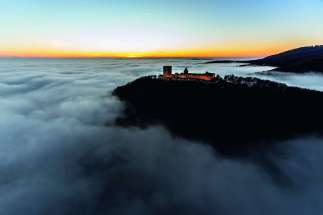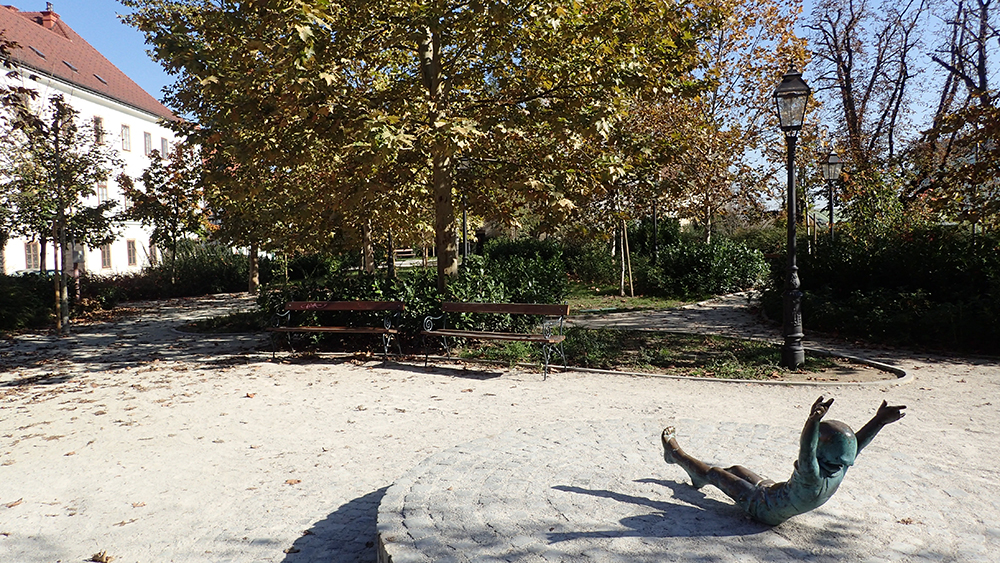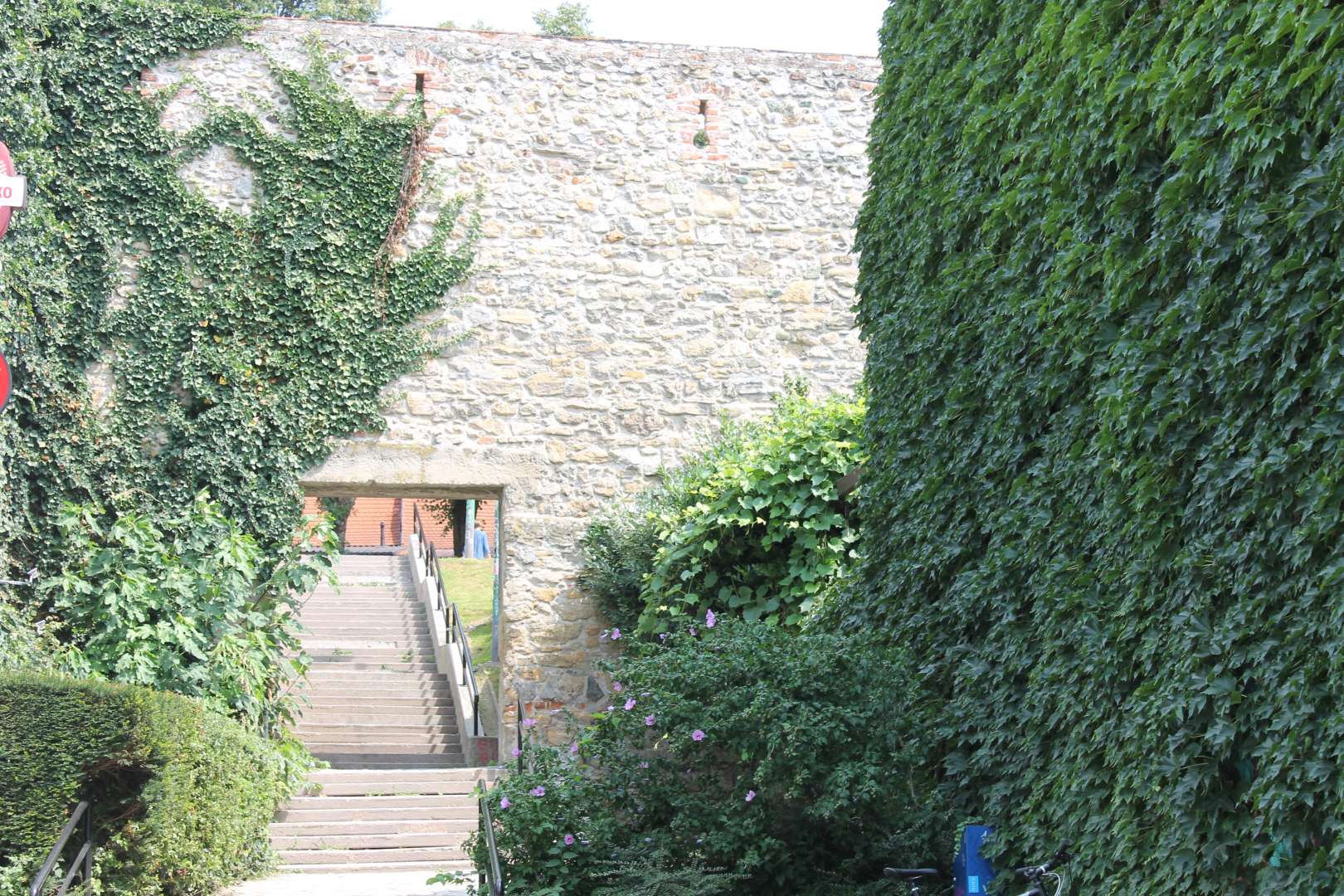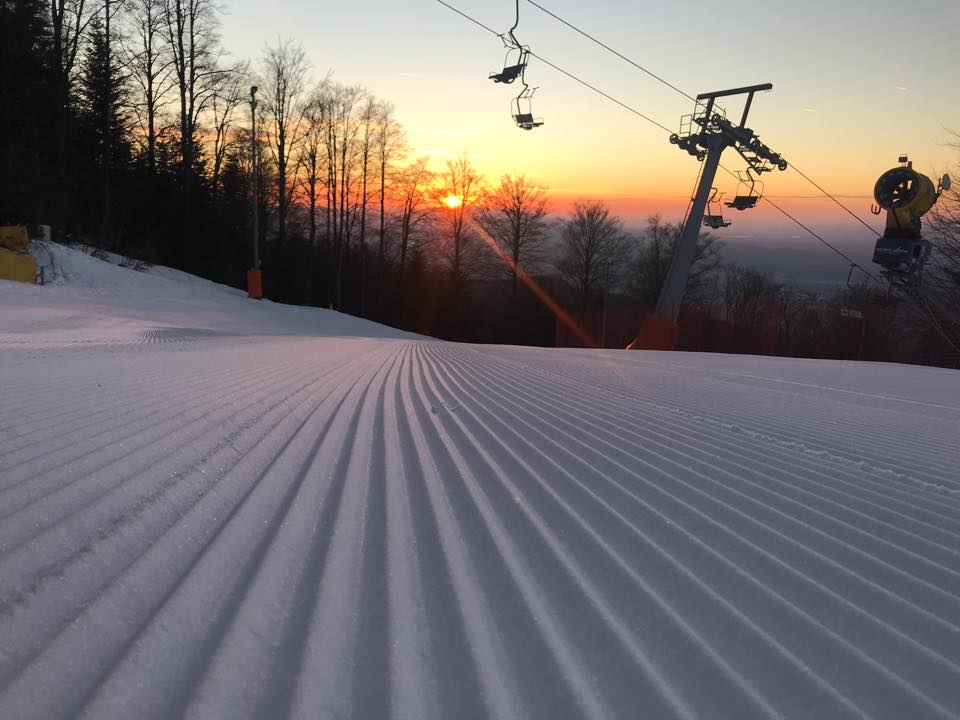Description
A green mountain is watching over a city of Zagreb! The presence of man on the mountain of Medvednica goes back 45 thousand years, back to the time when the Neanderthals lived in the cave of Veternica. Today, the mountain is home to 18 bat species. As the name of the mountain says, with the Croatian word for bear in its root, bears once used to live on the mountain in large numbers. A thousand-year old yew tree might hide a witch heart mushroom somewhere in its shadow. Indeed, witches used to meet here once upon a time, and when they would touch the ground, a red mushroom would grow on that spot. A fitting reminder of tales from times past.
The mountain of Medvednica successfully survives despite the pressures of urban environment with one million inhabitants in its immediate surroundings. Zagreb, the capital city of Croatia right underneath the mountain, enjoys the luxury of having a protected area on its doorstep – Medvednica Nature Park.
In the “beech climate” that dominates on the mountain, it is possible to truly experience all the differences inherent in various seasons. Winters are frosty or covered in snow. Spring seasons are green and fresh. Late spring brings lush, ripe vegetation with it. Potent colors come next, with the forest bouquet of the autumn. Color changes that the mountain provides are truly impressive.
There are 91 strictly protected plant species in the Park, including yew (Taxus baccata), facing extinction in its original habitats in Europe. On Medvednica, however, not only is it possible to see individual yew trees, but even an entire forest of yew and linden. One particular yew tree on the location of Krumpirište is truly special and impressive, over thousand years old.
There is a belief that yew tree is endowed with major powers, and this belief is reflected in modern fantasy literature too. The magic wand of the evil magician Voldemort from the Harry Potter series is made from yew, for example.
The vegetation cover of Medvednica includes mostly preserved and highly diverse forest communities, growing on varied relief with diverse geological layers and types of soil.
The base of Medvednica is covered by sessile oak and hornbeam forest, which envelops the mountain. Forests of sweet chestnut and beech are there as well. Above the altitude of 800 meters, one reaches Pannonian beech and fir forests. Cold and wet mountain valleys are home to sycamore maple and ash forests. The southern slopes of the mountain are covered in pubescent oak and manna ash forests, as well as sessile oak forests with black pea.
The diversity of forests on Medvednica is incredible. It resulted in as many as eight special forest vegetation reserves declared in 1963, with the aim of properly managing the natural balance.
The animal world used to be a lot more diverse in the past, and it once included even bears, as the name of the mountain testifies. However, there have been no bears on Medvednica for centuries. Urban development has resulted in the disappearance of many other animal species too: lynx, wolf, deer, grouse and otter. Many of these animals have given their names to surrounding villages, which speak of their presence in the past: Medvedski breg (bear), Vučja jama (wolf), Vukov dol (wolf), Risovo polje (lynx).
The mountain that can be seen from virtually every window in the city facing north is a habitat to small animals, rodents, but also hoofed animals such as roe deer or wild boar. Smaller carnivores live on Medvednica too, such as wildcats, foxes, martens and weasels. They are the true night hunters of Medvednica.
Bats are undoubtedly special tenants of Medvednica. There are 24 bat species living in the Park, and seven of those are listed as Natura 2000 species, one of which is designated as nationally important. They have found their home in caves, abandoned mines, quarries, tree hollows and attics. In one night, a bat can eat up to six hundred mosquitoes. The benefits brought by these animals very much overturn the myths that sometimes result in the killing of bats, because of the fear that people feel towards them.
The mountain cave of Veternica is history turned into stone. Life was first present here 45 thousand years ago, when it was used as shelter by the Neanderthals, and bats live in it today.
Geologists simply love Medvednica. Mountain rocks have partly arisen from the bottom of the seas that evaporated a long time ago. Geologically speaking, the mountain of Medvednica is an old lady that has changed many faces over the years. Fossils of sea organisms have even been found in the rocks of the mountain.
The main body of the mountain is made of metamorphic rocks with particularly prominent green shale. That stone has turned into a symbol of sorts of Medvednica, and it adorns the facades of many buildings on the mountain, including the hotel Tomislavov dom.
The mountain is full of surprises. Many will be surprised by the presence of karst fields. It is true that karst phenomena are hidden by dense vegetation; however, those who know the mountain also know that there are pits, sinkholes, karst valleys and dolines scattered on it. The biggest karst field is called Ponikve. It resembles a large sponge from which the creeks of Medvednica spring and into which they disappear. It is precisely the waters from the area of Ponikve diving into the underground through cracks present in rocks that eventually formed the cave of Veternica, one of the longest caves in Croatia with over 7,000 meters of discovered channels.
There are many mountain creeks on Medvednica. Steep upper courses descend towards the base of the mountain, accompanied by the beauty of the sound of fresh water. The fauna that can be found in creeks includes endemic species; fish species are rather rare, with the exception of certain riparian species. Several species of extraordinarily small and protected plankton shrimps live in creeks: the Zagreb niphargid shrimp and shrimp living in the creeks of Dolje and Bliznec.
Medvednica is a mountain that has always represented a division between urban and rural life in geographical terms, and it retains that role today. However, it has also always constituted a path through which city and village life connect and merge. There are few panoramas that can compare to the one from Medvedgrad, an old town above Zagreb built on a hill 593 meters above sea level in the 13th century, providing a spectacular view of the capital city from above the mountain forest.
Many visitors coming here are reminded that it is sometimes good to reverse the usual perspective – instead of looking at the mountain of Medvednica and its peak of Sljeme from a window of one’s flat in the city, it is worth taking every opportunity to come here, and enjoy the sights of the city of Zagreb watching them from the mountain.






